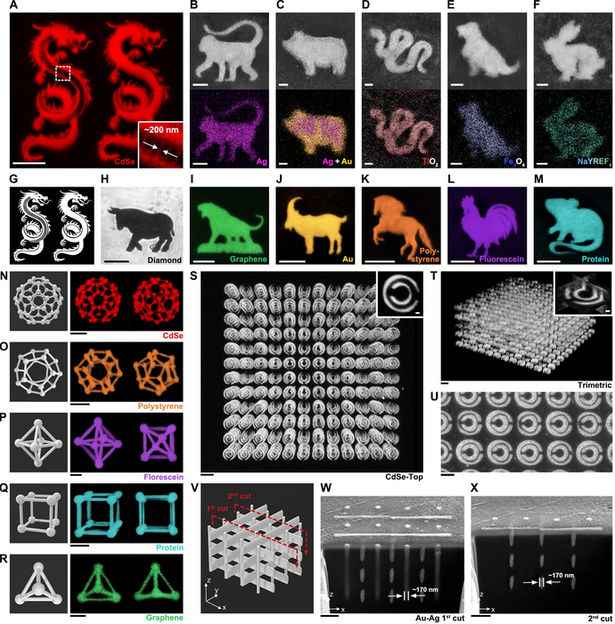New approach in the synthesis of complex natural substances
New approach for total synthesis paves the way for new drug developments
They are found as fragrances in cosmetics or as flavorings in food, and form the basis of new medications: terpenes are natural substances that occur in plants, insects and sea sponges. They are difficult to produce synthetically. However, chemists at the University of Basel are now introducing a new method of synthesis.
Many natural substances possess interesting characteristics, and can form the basis of new active compounds in medicine. Terpenes, for example, are a group of substances, some of which are already used in therapies against cancer, malaria or epilepsy.
There is an important prerequisite for their development into drugs, however: these terpenes should be produced synthetically from simple starting materials. This allows their exact molecular structure to be controlled, and targeted changes to be made to improve their properties.
New approach for total synthesis
Professor Olivier Baudoin and his doctoral student Oleksandr Vyhivskyi have now developed a new approach to the total synthesis of these substances and have used it to artificially produce two diterpenes – a subclass of terpenes: randainin D and barekoxide. Their report appears in the Journal of the American Chemical Society.
Randainin D, originally extracted from plants, inhibits production of an enzyme that plays a role in conditions such as rheumatoid arthritis, cystic fibrosis and chronic obstructive pulmonary disease. It might therefore be considered as a potential candidate for the development of new therapeutic agents.
The chemists have managed to synthesize randainin D in 17 steps. To this purpose, they employed both a chemical reaction called ring-closing metathesis and photocatalysis – a process in which chemical reactions are promoted by light energy.
Construction of complex structures
In this way, they succeeded in creating the complex ring structure of the molecule, as well as inserting a chemical building block called an allyl group, made up of three carbon atoms. An allyl group is a useful component in the synthesis of various organic substances, as it serves as a reaction partner during the construction of the desired structure.
Finally, the same synthesis method was used by the researchers to produce barekoxide. Although barekoxide had already been produced synthetically by another research group in 2010, Baudoin and Vyhivskyi’s approach has reduced the number of steps from ten to seven, thus significantly simplifying the total synthesis of this compound.
“Our results show the potential of photocatalysis for the total synthesis of complex terpenes. This could pave the way for the development of new medications,” concludes Baudoin.
Original publication
Other news from the department science

Get the life science industry in your inbox
By submitting this form you agree that LUMITOS AG will send you the newsletter(s) selected above by email. Your data will not be passed on to third parties. Your data will be stored and processed in accordance with our data protection regulations. LUMITOS may contact you by email for the purpose of advertising or market and opinion surveys. You can revoke your consent at any time without giving reasons to LUMITOS AG, Ernst-Augustin-Str. 2, 12489 Berlin, Germany or by e-mail at revoke@lumitos.com with effect for the future. In addition, each email contains a link to unsubscribe from the corresponding newsletter.
Most read news
More news from our other portals
Last viewed contents

Changes in Merck Executive Board - Belén Garijo appointed Vice Chairman of the Executive Board and Deputy CEO
Somerled

Shrinking hydrogels enlarge nanofabrication options - Researchers print intricate, 2D and 3D patterns for use in in biotechnology, photonics or nanodevices
Metabolomics

Polymer Coatings Based on Molecular Structures - Researchers Developing a Novel Gel for Biological and Medical Applications
























































